Updated information: After detailed observations, I find it should be Diplazium costulisorum, which is unique in this genus with multiseptate hairs and exindusiate sori.
To my knowledge, this species should be treated under Macrothelypteris. However, it is very distinct one with opposite and flattened pinnae and pinnules, which looks like Diplazium. But the hairy indusia found is no doubt as in Thelypteridaceae.
Collection Data (R. Wei )
Classification & Common Names
- Class:
- Family: Athyriaceae
- Genus: Diplazium Sw.
- Species:
- Var./Subsp.:
- Common name(s):
General Collection Data
- Date:
- Primary Collector & #: R. Wei
- Collection Party:
- Det. History:
- Habitat: Secondary Forest, Tropical rainforest
- Habit: Terrestrial
- Specimen Locations: PE
Additional Comments
Collection Location
- Location: Mount. Malino – Makassar – – South Sulawesi – Indonesia.
- Coordinates:
- Elevation:

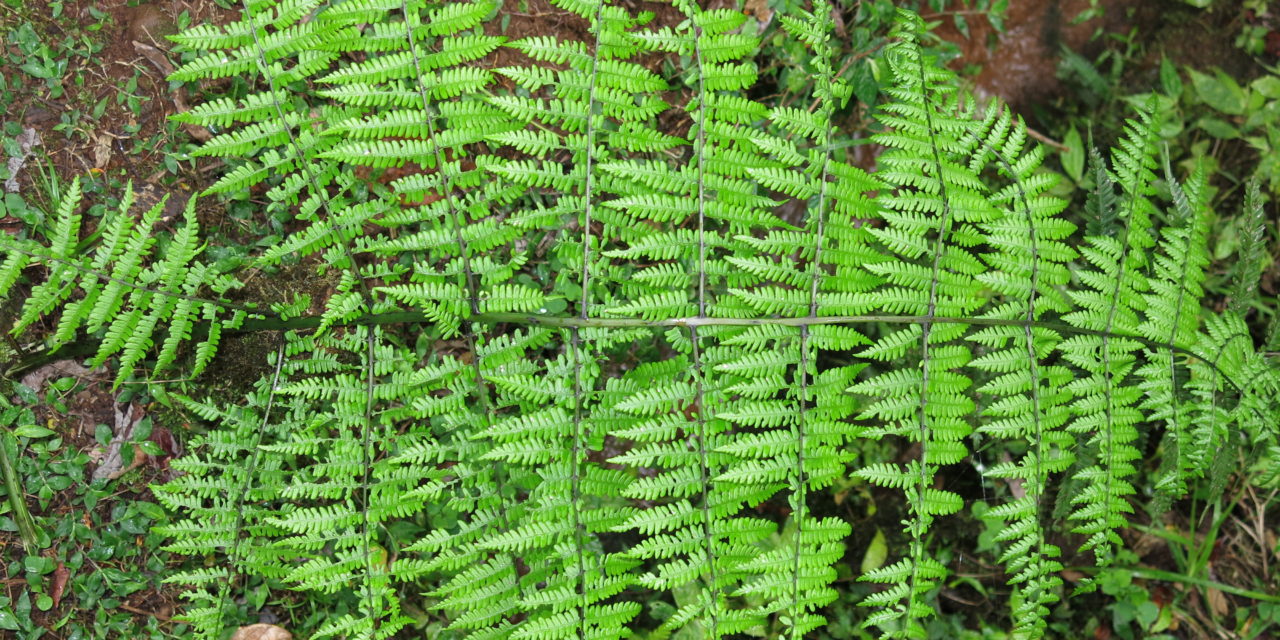
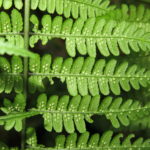
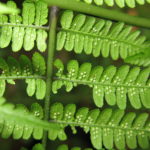
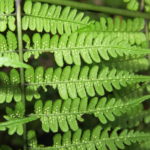
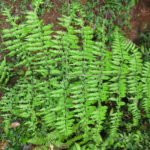
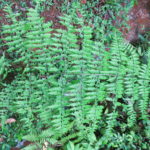
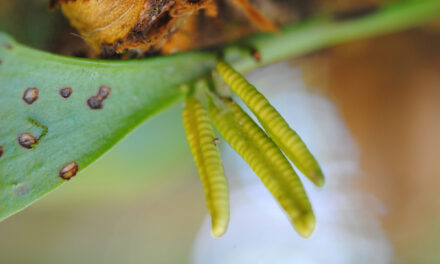
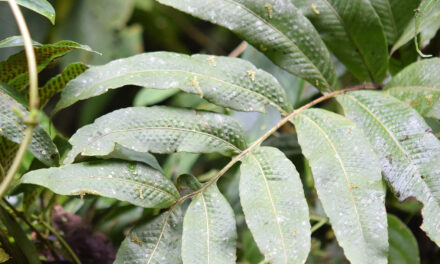
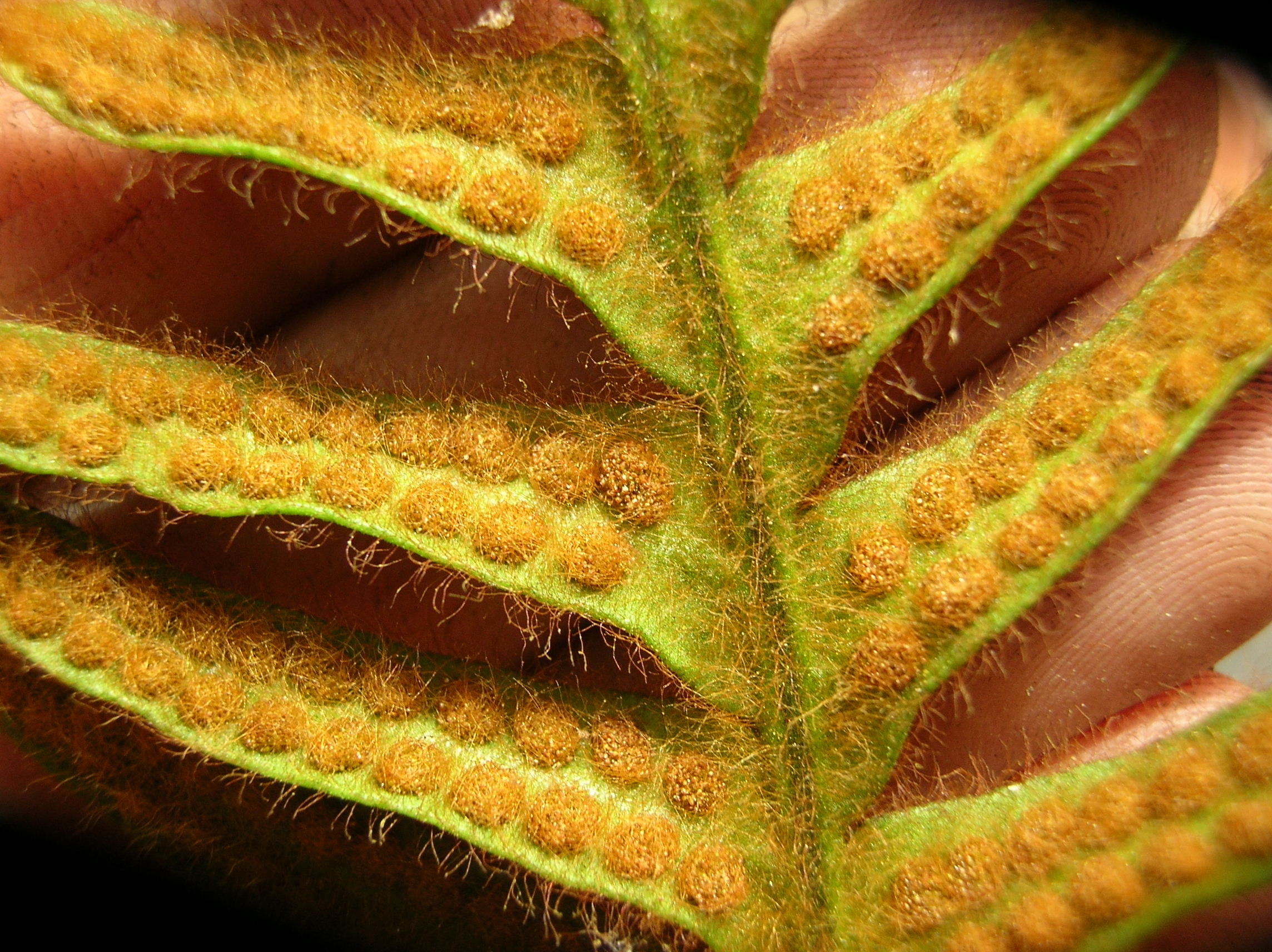
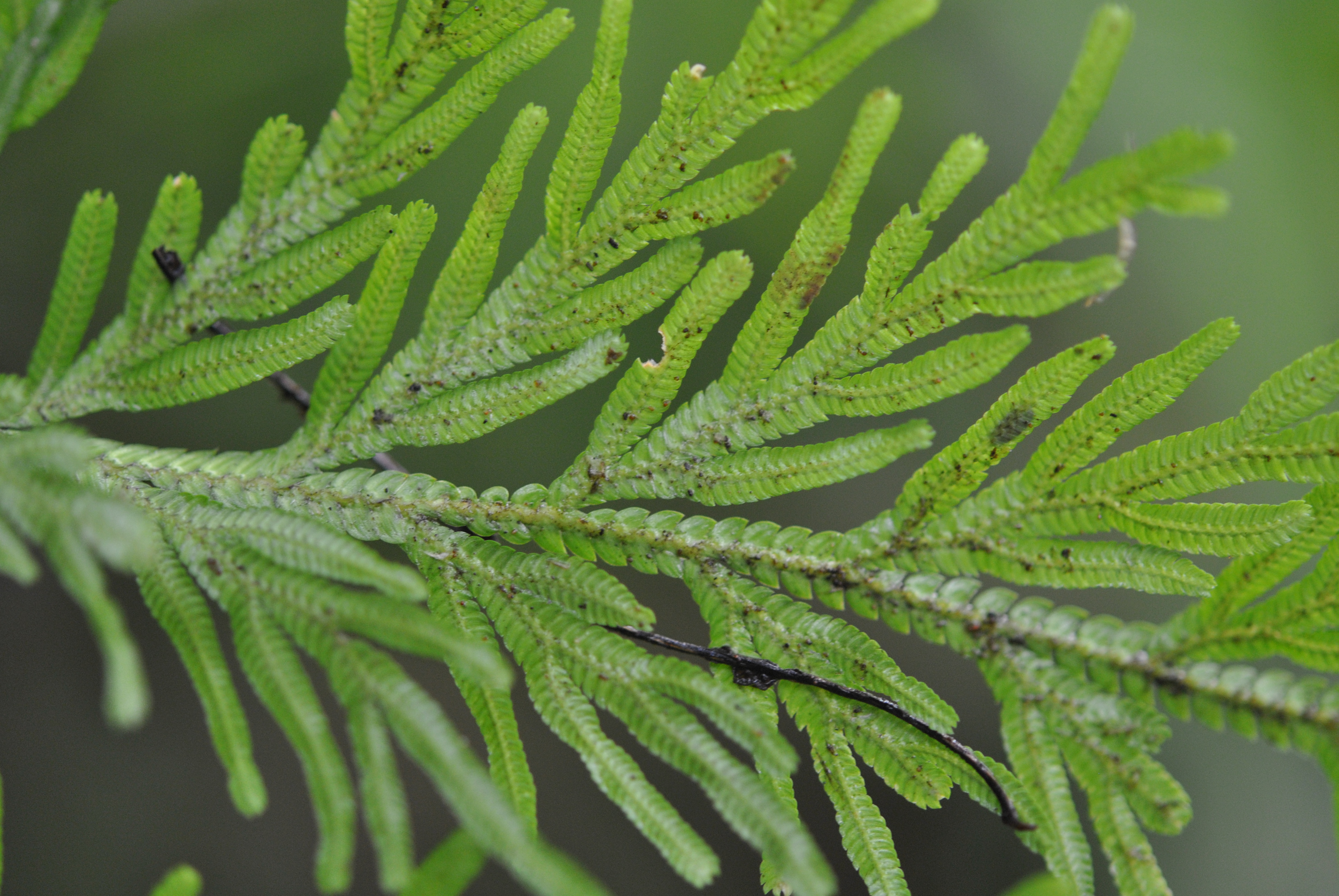
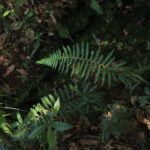
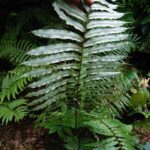
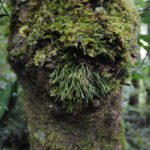
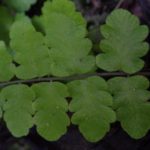
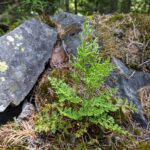
HI, How about Glaphyropteridopsis, as the sori are costular?